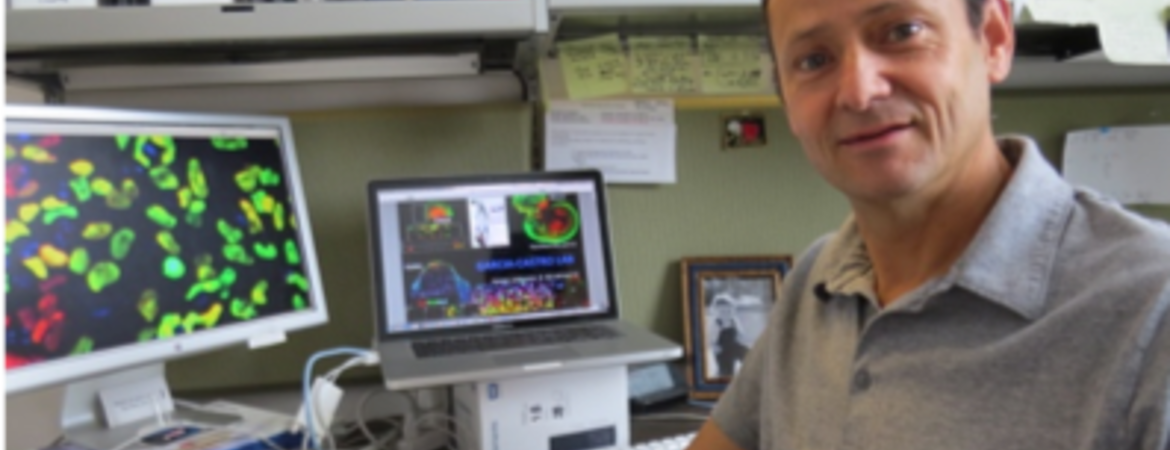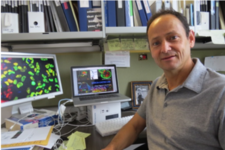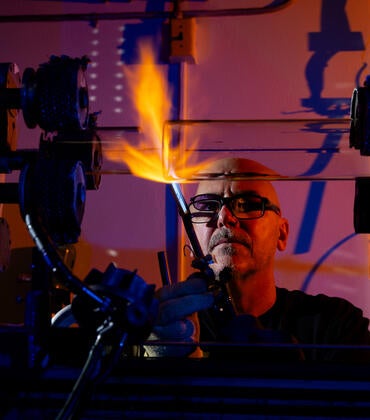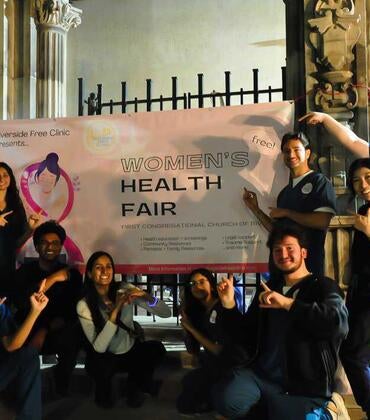A research team led by a UC Riverside biomedical scientist has shown for the first time that “WNT signaling” modulates the axial identity of human neural crest cells, or NCs.
WNT proteins are signaling molecules that regulate cell-to-cell interactions during development and adult tissue homeostasis. NCs, which contribute to multiple tissues and organs in vertebrates, migrate extensively through the developing embryo and form along its anterior-posterior axis. They eventually differentiate, contributing to a large proportion of our peripheral nerves, the melanocytes that provide skin color and protection from damaging UV light, as well as many different cell types in our face, including muscle, bone, cartilage and tooth-forming cells.
The study, published in the journal Development, characterizes the effect of the strength of the WNT signal during NC formation using pluripotent stem cells, or PSCs.
The researchers, led by Martin Garcia-Castro, an associate professor of biomedical sciences in the School of Medicine, used a wide range of concentrations of CHIR, a small molecule, to activate WNT signaling in cultures of human PSCs. They found that the kind of NCs that formed along the anterior-posterior axis of the embryo depended on what concentration of CHIR was used.
At low CHIR concentrations, NC was formed. But when the researchers increased the CHIR concentration to intermediate levels, no NC formation followed. Surprisingly, at even higher concentrations of CHIR, they found NC was strongly generated.
“Normally an expected dose response should provide a single bell curve with initiating concentration, optimal concentration, and maximal concentration generating the effect,” Garcia-Castro said. “What we see instead is a surprising double curve. We found, too, that while low CHIR NC display characteristics of cranial or anterior NC, high CHIR NC display distinct trunk or posterior characteristics.”
Both the fact that WNT can modulate the axial identity of NC as well as the double curve effect of WNT on NC formation have not been described before.
“This opens up interesting avenues for clinical applications of NC which are involved in a wide range of pathologies broadly known as neurocristopathologies,” Garcia-Castro said. “For example, our results will allow the generation of specific NC and their derivatives for future therapeutics on Hirshprung Disease.”





